Lighting 101: How to Layer Light in Your Home
November 19, 2025
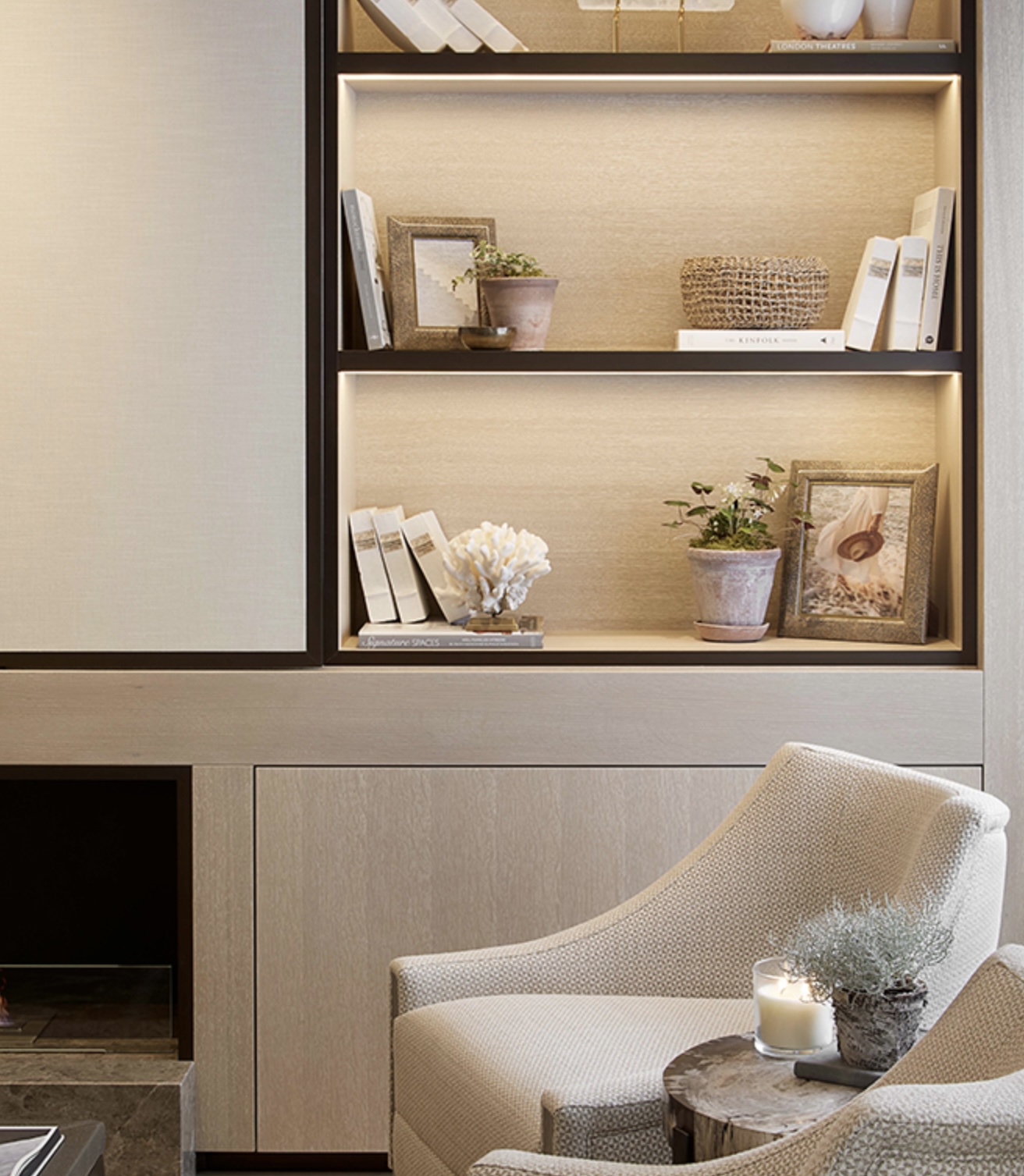
November 19, 2025
by tracy huntington
Lighting is one of the most transformative design elements in any space, yet it is often overlooked. A well-designed lighting plan does more than brighten a room, it sets the mood. Considered lighting enhances architecture, improves functionality, and elevates your entire home’s aesthetic. As an interior designer in Tulsa, I guide clients through the art of layered lighting. Our goal is for our clients’ homes to feel warm and beautifully balanced. If you want to create a home that looks inviting and feels effortless, understanding how to layer light is essential.
Layered lighting is the practice of combining three key types of light—ambient, task, and accent to create depth and visual interest. When these layers work together, your home feels comfortable and visually cohesive.
Ambient Lighting
Ambient lighting is your room’s overall illumination. It fills the space with a soft, even glow and sets the foundation for all additional layers.
Common types of ambient lighting include:
• Ceiling-mounted fixtures
• Recessed can lighting
• Chandeliers
• Large pendants
Designer Tip: Use dimmers wherever possible. They instantly elevate the atmosphere and allow you to shift from bright and functional to warm and relaxing. design by Sophie Paterson
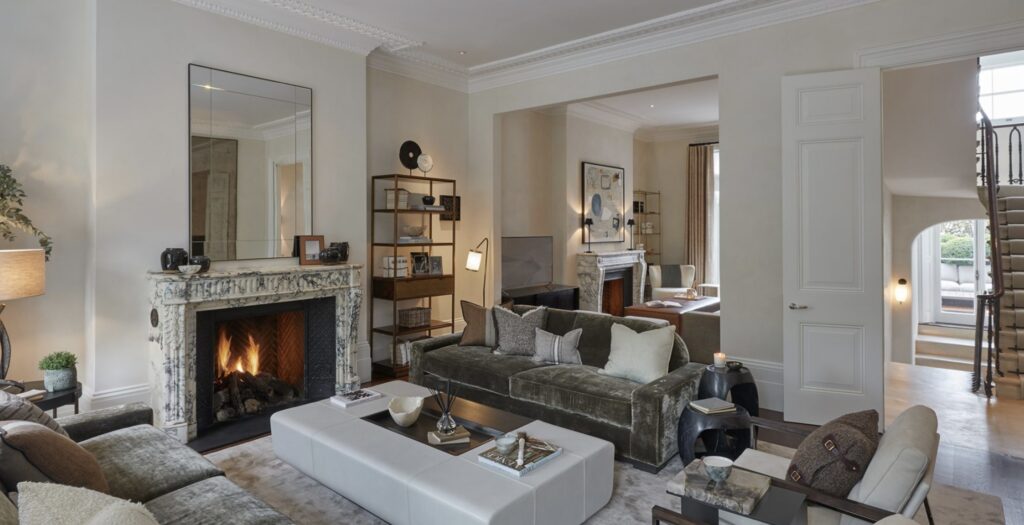
Task Lighting
Task lighting provides focused illumination for areas where you need visibility and precision. Think of it as the practical layer that enhances how you live in your home.
Examples include:
• Under-cabinet lighting in the kitchen
• Table or desk lamps
• Reading lamps beside a chair or bed
• Vanity lighting in bathrooms
• Pendant lights over kitchen islands
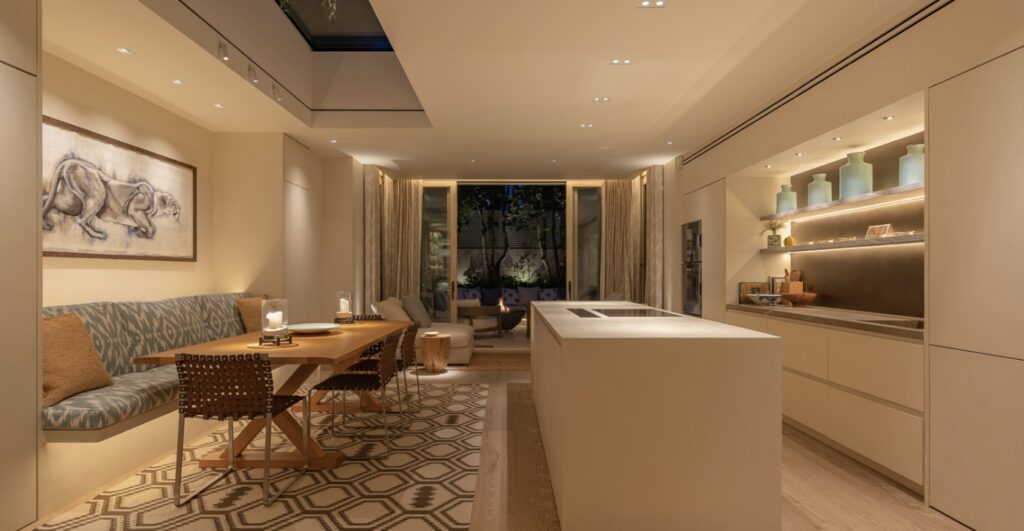
design by John Cullen
Accent Lighting
Accent lighting adds dimension by highlighting architectural features, artwork, or decorative elements. It is the layer that makes your home feel designed and curated.
Accent lighting can include:
• Picture lights
• Uplights or downlights
• Shelf lighting
• Wall washers
• Spotlights for artwork or millwork
Designer Tip: Use accent lighting sparingly but strategically. It should draw the eye without overwhelming the room.
To layer light like a designer, create a lighting plan for each room. Consider how the space will be used, the natural light it receives, and any design features you want to showcase. We encourage multiple sources of light. A single overhead light is rarely enough. Mix fixtures at different heights to create depth.
Choose consistent color temperatures throughout your home. Warm white (2700K–3000K) is ideal for living areas, bedrooms, and dining rooms. Dimmers allow you to control mood, and function making them one of the most cost-effective upgrades you can make. Light fixtures are an opportunity to inject personality into your home. Think of them as jewelry with a functional yet style-defining edge. design by Sophie Paterson
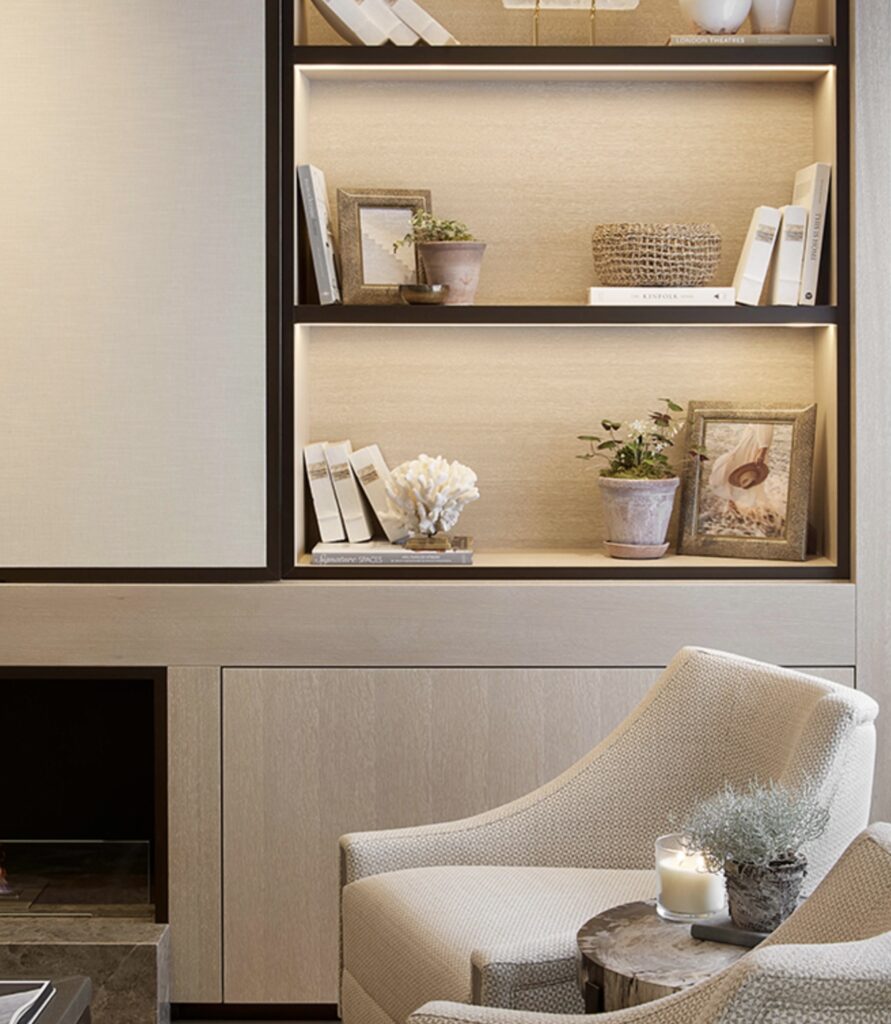
design by Ryan Saghian

design by Sophie Paterson
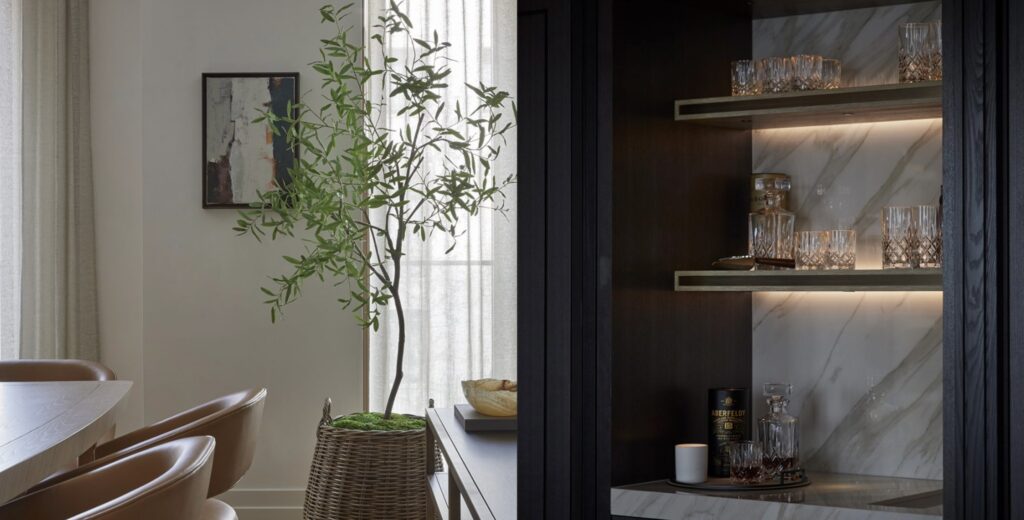
Home
about
projects
services
field notes
inquire
follow us at @huntingtonid
All Rights Reserved — huntington id |
site design by third story apartment
field notes
projects
Services
about us
Send Inquiry
Home
We are a full-service, boutique interior design firm renowned for our expertise in crafting both residential and commercial interiors nationwide.